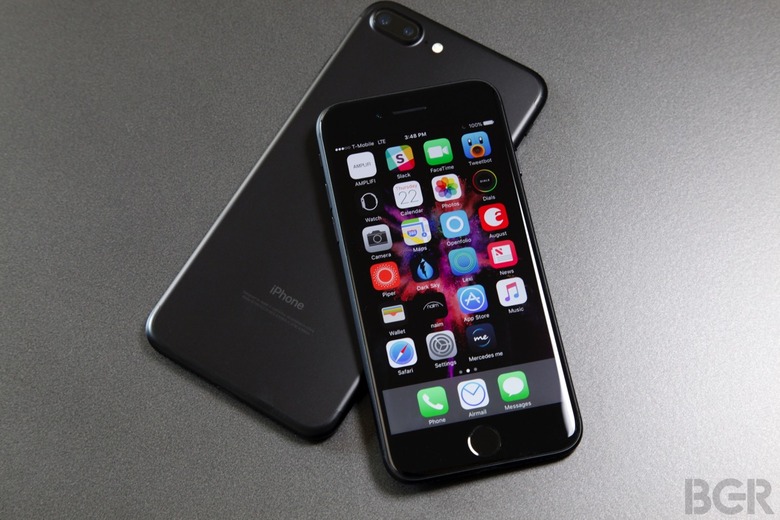The iPhone 7 Has An Exciting New Feature That Apple Is Keeping Secret
The iPhone 7 has one major feature that Apple is still keeping secret. And so does the iPhone 6s and iPhone 6. According to new findings, Apple happy just making its own CPU for the iPhone — one that has no rival in the smartphone market for the time being — but it has also quietly been working on its own mobile GPU customizations. Unlike A series chips, Apple has not acknowledged its effort with graphics chips at all. But the company has been gradually moving from licensing PowerVR graphics to making its own.
DON'T MISS: Google Pixel crushed by iPhone 7 once again in new performance test
The new graphics processor first shipped with the A8 chip, Real World Technologies' David Kanter says. The A9 and A10 Fusion chips then received upgraded versions of Apple's GPU chips.
Kanter said in his analysis that a modern GPU has three major components: "The first is the fixed-function graphics hardware, which is responsible for tasks like processing API commands, triangle rasterization, and raster output. The second is the shader core, which is the heart of the GPU and executes programmable shaders (e.g., vertex, geometry, pixel, and compute shaders). Last, the graphics driver is the software that runs on the CPU and ties everything together, coordinating the activities of the GPU. The driver transforms graphics applications written in the Metal or OpenGL ES APIs into a series of commands for the fixed-function hardware and programmable shaders that execute on the shader cores."
Imagination Technologies, which makes the PowerVR chips Apple uses in its iOS devices, provided Apple the fixed-function graphics hardware, the shader cores and the drivers for previous-generation iPhones. But Apple has created its own shader cores and its own driver and compiler in recent years. The company has never documented the changes, but Kanter compared available information from WWDC 2016 sessions to basic PowerVR manuals and discovered that shader cores in Apple's GPU are different from the ones in the PowerVR line.
On of the themes of Apple's iPhone 7 keynote was increased performance and power efficiency for a variety of components, including the CPU and GPU in its new smartphones.

Apple was once rumored to be considering an acquisition of Imagination Technologies, but the iPhone maker denied those claims. The company did hire at least two dozen employees from the British company, including former COO John Metcalf, as MacRumors reminds us. Furthermore, Apple has hired engineers from AMD, Google, Intel and Nvidia, creating its own GPU design and graphics driver teams.
However, Apple is not ready to give its GPU a formal name. And Apple has special terms for all the iPhone bits and pieces it wants to talk about. The iPhone 7's CPU is called A10 Fusion, while Metal is the name of the new graphics framework Apple introduced with iOS 8. The iPhone 7's GPU might be called the G9, a name that appeared briefly in GFXBench tests for the phone before being removed.
The advantages are clear to Kanter. "The most obvious benefit is that Apple's GPU is better (i.e., faster and more efficient) than the mobile competition, which includes GPUs licensed from ARM or Imagination, as well as proprietary designs from Qualcomm. Superior performance directly translates into a better user experience and battery life for gaming, as well as for imaging and machine learning applications," he wrote.
Going forward, Apple will likely improve the performance and efficiency of its iPhone and iPad GPUs in a way rivals can't imitate.
